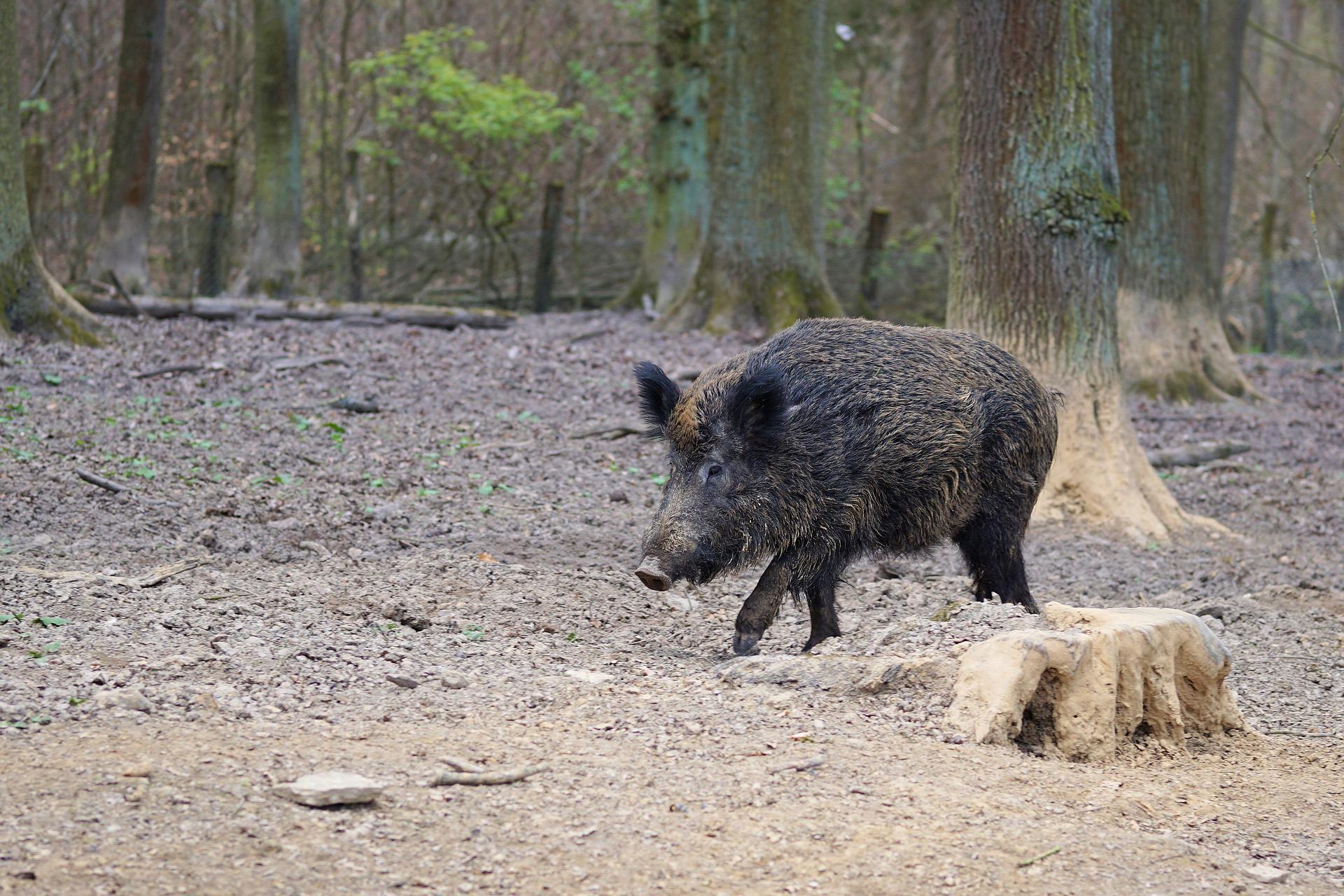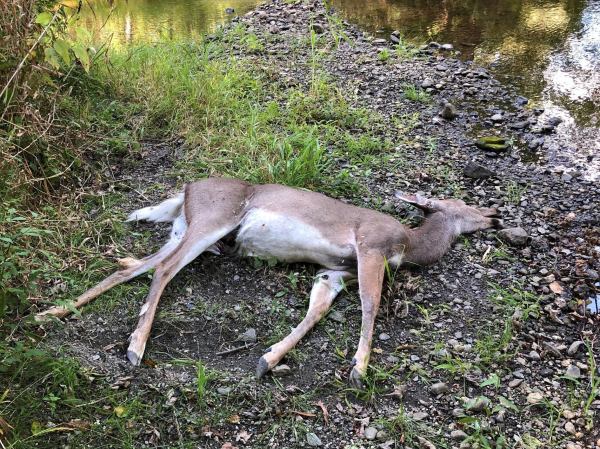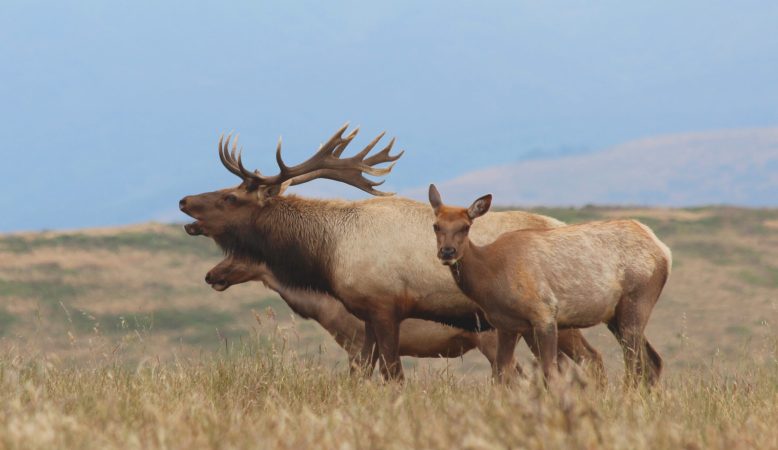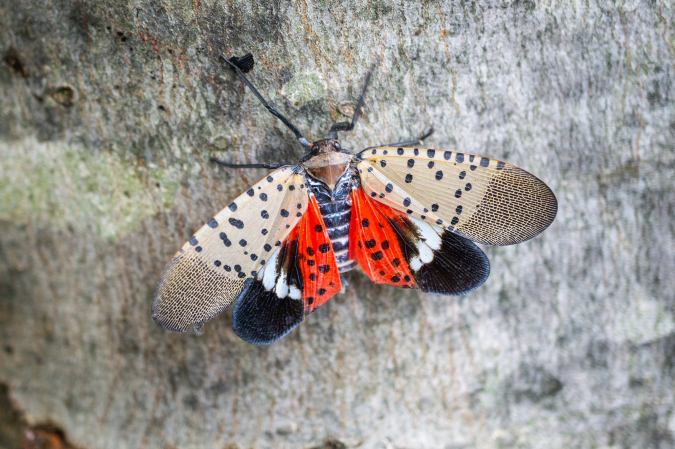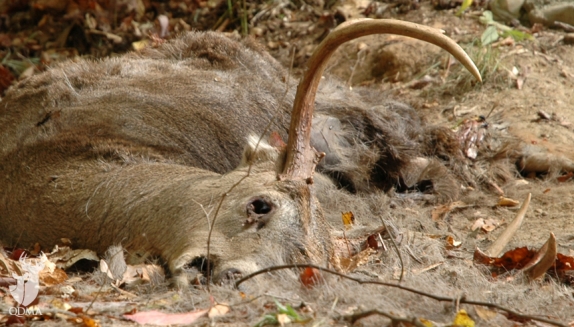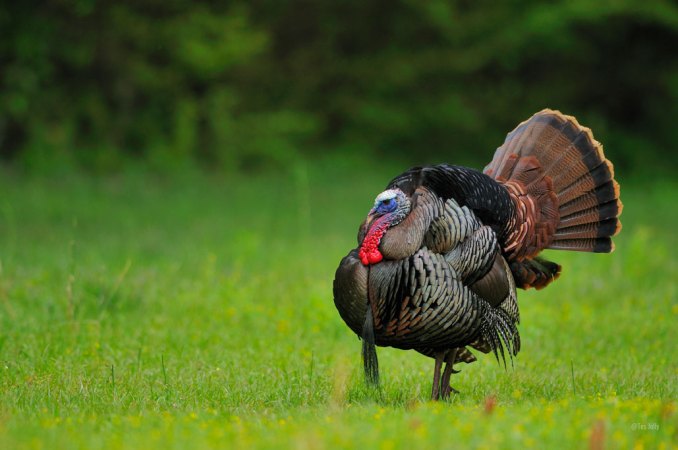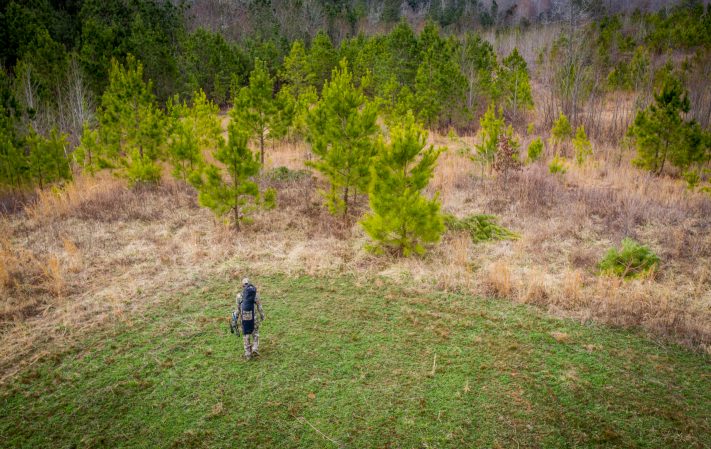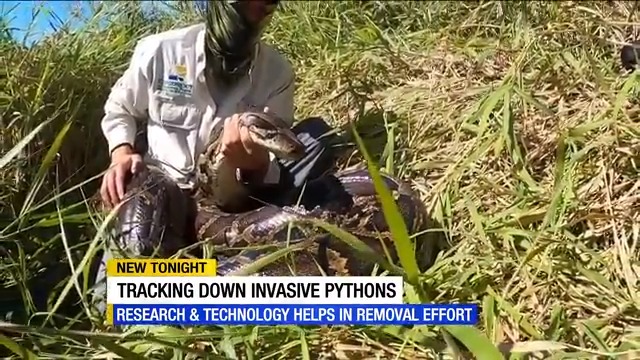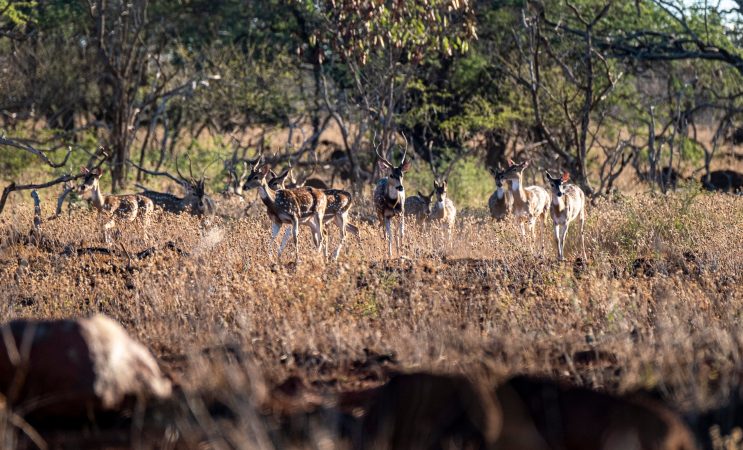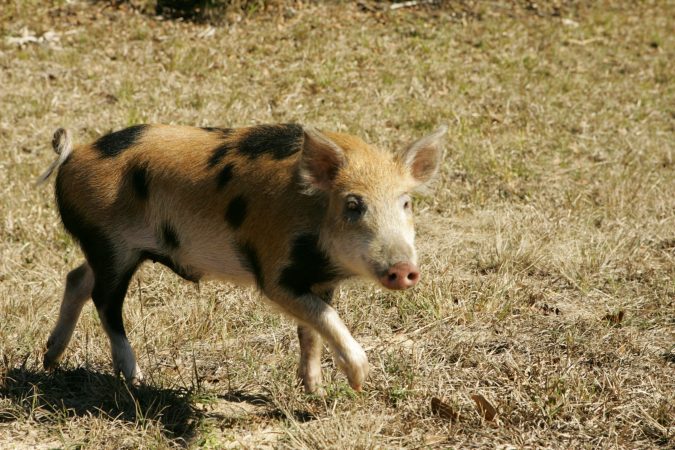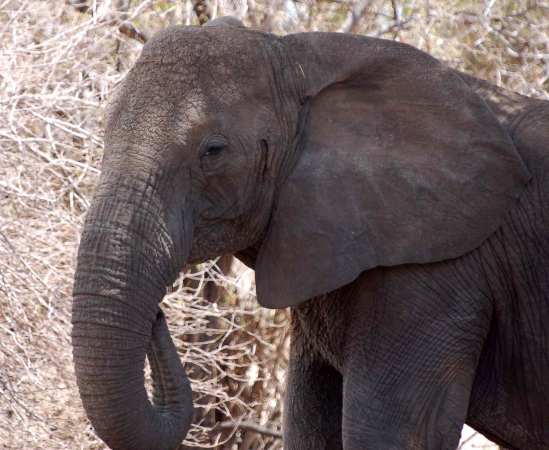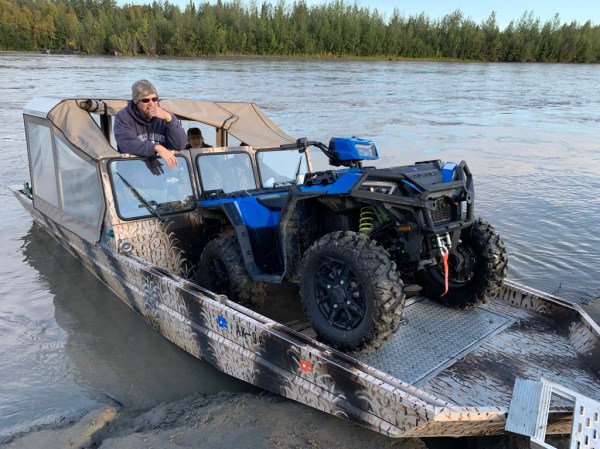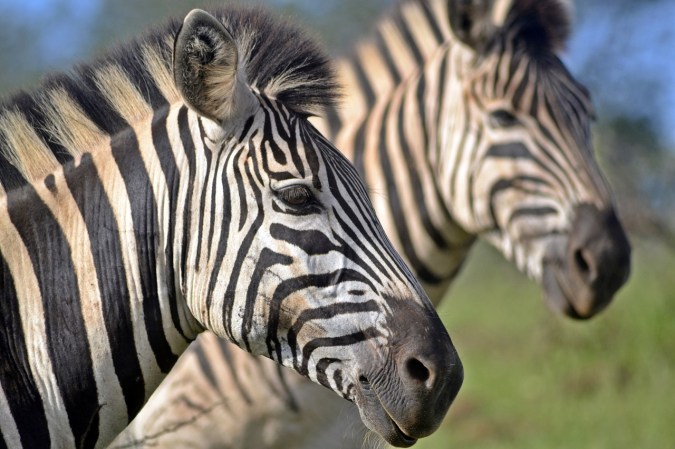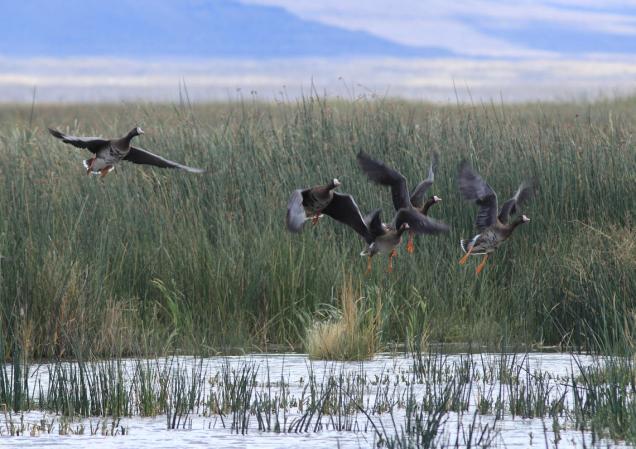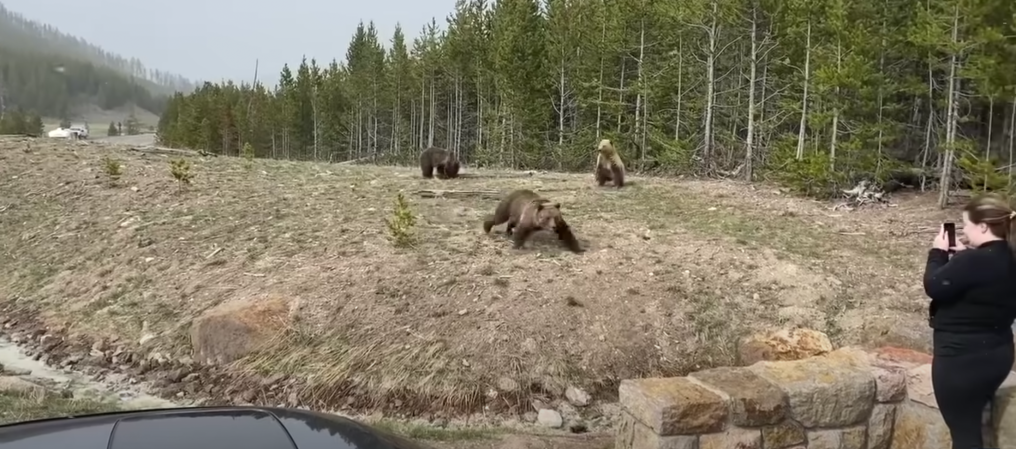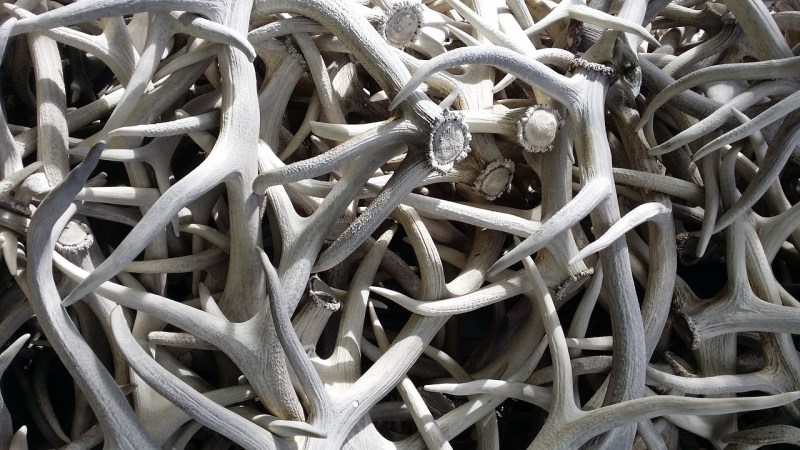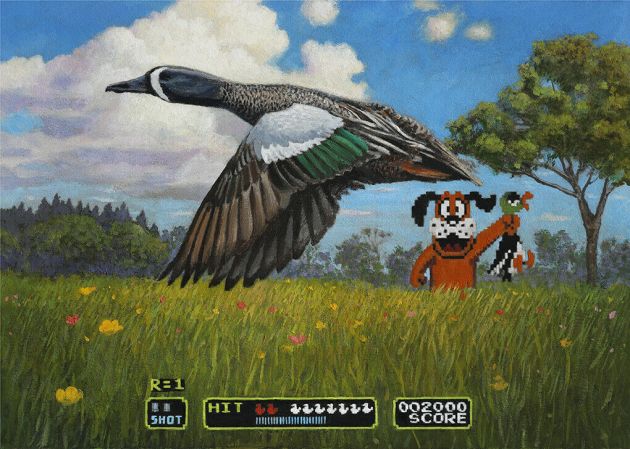Growing populations of wild hogs in Scotland are causing major issues for local gamekeepers and ranchers. Livestock owners there have recently claimed that large boars are ripping up their pastures, spreading disease, and eating their livestock.
Yes, you read that right. Eating their livestock.
“As we came into the field, we saw three pigs,” Highlands gamekeeper Steven MacKenzie told MSN News earlier this week. “They had encircled a ewe. They had her on her back and they were quite literally pulling her apart and eating her.”
MacKenzie indicated that this wasn’t the first time he’s seen wild boars targeting his sheep and lambs. He said that some of these boars have grown to massive sizes as a result.
“We are seeing more and more bigger pigs weighing as much as over 200 kilos [440 pounds],” said MacKenzie. “It’s my belief that they’re only getting to that size because of the extra protein in their diet, and that protein is coming from meat.”
Scotland’s Pig Problem
Eurasian wild pigs are endemic to Scotland, and they were historically found throughout the United Kingdom, but these native populations were extirpated sometime in the 17th century. The feral pigs that live there today are considered invasive because they were brought into the country by way of domestic farms and hunting estates. Populations have grown tenfold over the last 15 or 20 years, and current estimates suggest there are now 3,000 to 5,000 pigs roaming the countryside.
In 2015, a NatureScot report warned government officials of the problems that would result from a growing feral pig population. The report’s authors cautioned that inaction could lead to “populations growing in parallel with environmental and economic impact.”
The report also cited Texas as an example of what could happen if wild hog populations in Scotland went unchecked.
Evidence of Wild Hogs Preying on Livestock in the United States?
Texas has a population of roughly 2.6 million wild hogs, or roughly 50 percent of the entire United States population, according to Texas A&M AgriLife Extension. Researchers estimate that the animals cause $52 million in agricultural damage annually, and they are found in every county in the state except El Paso County.
Hogs are generalists, which means they can thrive in all sorts of conditions by consuming a wide variety of foods, according to Texas Parks and Wildlife Department biologist Ryan Reitz. They can survive in the swamps just as well as they can in the plains, and this is why their range continues to expand at such a rapid pace. It also helps explain why they might occasionally target livestock when the opportunity presents itself.
While rare, Texas ranchers and livestock owners have documented multiple instances of livestock depredation by wild hogs, and these claims are similar to what’s being reported in Scotland right now.
In an interview with KWTX-10 News earlier this year, local farmer Adam Beseda explained that the feral pigs he deals with on a regular basis are “extremely bold,” and they destroy entire portions of his fields every year. He said the pigs will also occasionally target livestock on the property.
“I’ve had them come after me, we have them go after the cows all the time,” Beseda told reporters. “We’ve killed animals that have had teeth over three inches long.”
Read Next: Could Wolves Save Rome From Its Feral Pig Problem?
Reitz, who has collaborated on several feral hog studies at TPWD’s Kerr Wildlife Management Area, says there are other ranchers in the state who have witnessed pigs preying on kid goats, white-tailed fawns, and other small mammals. Texas also happens to be the largest sheep producer in the country, according to the USDA.
“The smaller the livestock, including juveniles, the higher the probability,” says Reitz. “In a lot of cases, pigs will consume or eat on carcasses of livestock and wildlife.”
Zach Davis, a service agent with the Texas A&M AgriLife Extension, backed up Reitz’s comments. He told reporters in February that most people just don’t understand what feral pigs are capable of.
“I would say it’s a big problem and has the potential to be a crazy big problem,” Davis said. “We don’t typically think of feral hogs, or hogs in general, as predators, but when there’s documented predation on fawns, kids, and lambs, and probably at some point pets and so forth, then that brings it home to show how big the issue is.”
